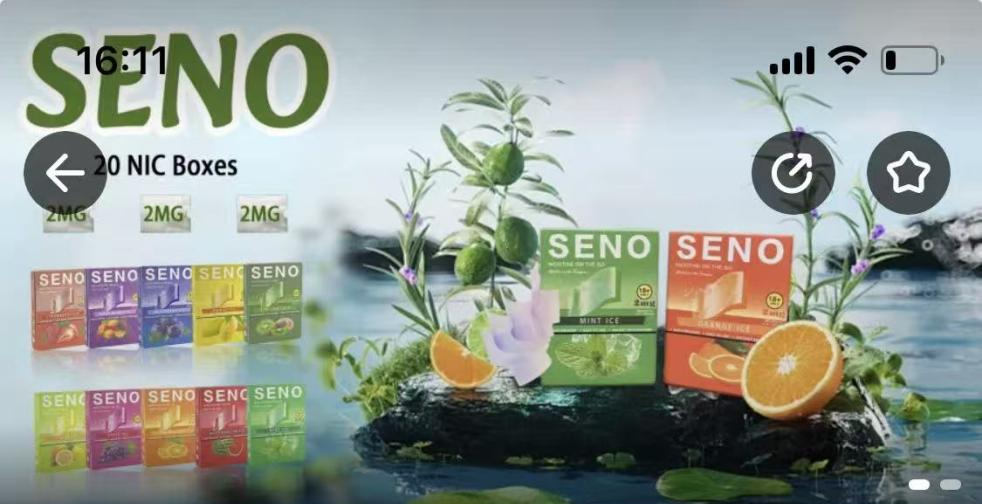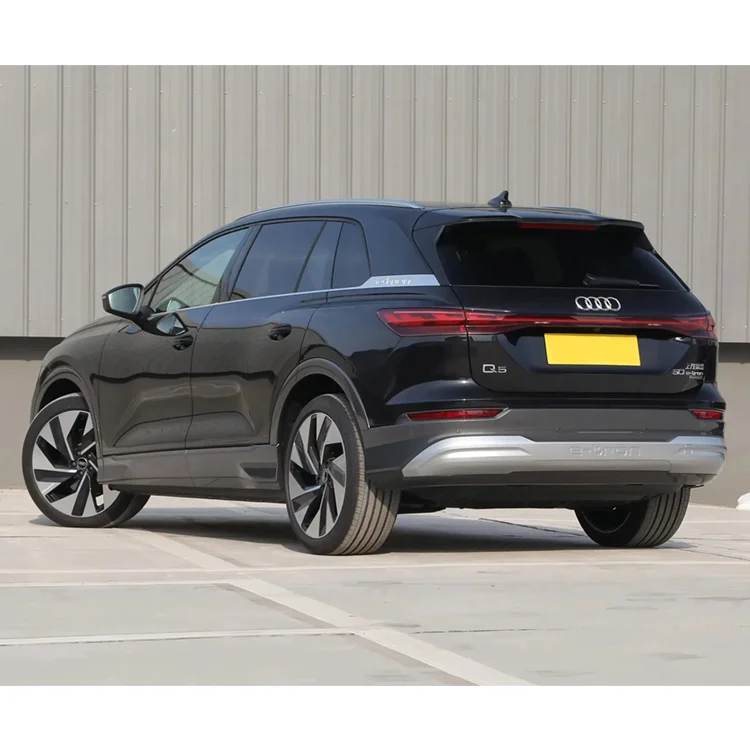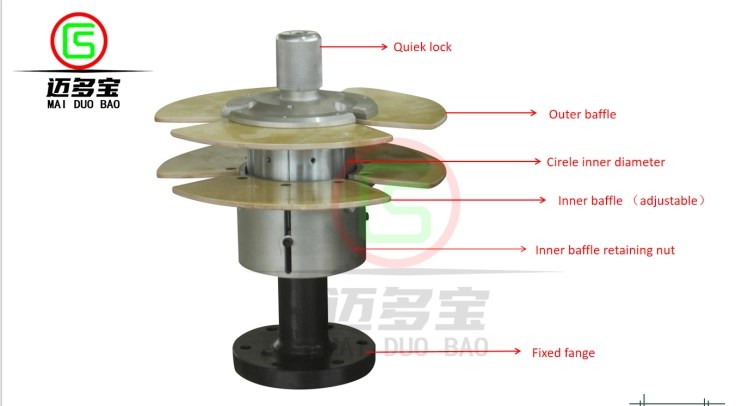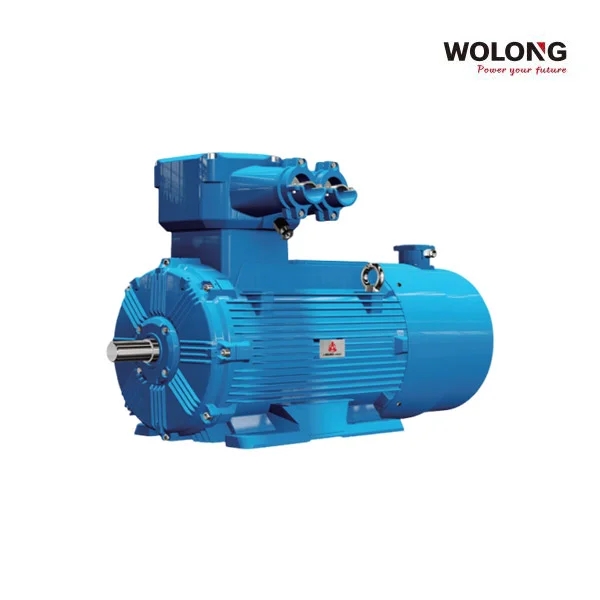In the ever-evolving world of photography, the debate between instant cameras and digital cameras continues to spark interest among enthusiasts and professionals alike. Each type of camera offers unique advantages and caters to different needs, preferences, and styles. This article delves into the intricacies of both instant and digital cameras, examining their features, benefits, and ideal use cases to help you determine which is better suited for your photographic journey.
Understanding Instant Cameras
Instant cameras, often associated with brands like Polaroid and Fujifilm, have made a significant resurgence in recent years. These cameras are designed to produce physical prints almost immediately after capturing an image. Here are some key characteristics of instant cameras:
- Immediate Gratification: The most appealing aspect of instant cameras is their ability to deliver tangible photographs within minutes. This instant gratification can enhance the experience of capturing memories, making it particularly popular for events, parties, and social gatherings.
- Unique Aesthetic: Instant prints often possess a distinctive look, characterized by soft focus, vibrant colors, and a vintage feel. This aesthetic can add a nostalgic touch to photographs, appealing to those who appreciate retro styles.
- Simplicity and Accessibility: Instant cameras are typically user-friendly, making them accessible to individuals of all skill levels. With minimal settings to adjust, users can focus on composition and creativity rather than technicalities.
- Social Interaction: The physical nature of instant prints encourages sharing and interaction. Whether passing around prints at a gathering or creating a scrapbook, instant photography fosters a sense of community and connection.
Exploring Digital Cameras
Digital cameras, ranging from compact point-and-shoot models to advanced DSLRs and mirrorless systems, have revolutionized photography since their inception. Here are some defining features of digital cameras:
- Image Quality and Versatility: Digital cameras generally offer superior image quality, with higher resolution sensors and advanced image processing capabilities. This allows for greater detail, dynamic range, and low-light performance, making them suitable for a wide range of photography styles, from landscapes to portraits.
- Editing and Post-Processing: One of the significant advantages of digital photography is the ability to edit images post-capture. Photographers can enhance their photos using software like Adobe Lightroom or Photoshop, allowing for creative adjustments that can transform an ordinary shot into a masterpiece.
- Storage and Capacity: Digital cameras utilize memory cards to store images, providing virtually limitless storage compared to the finite number of prints an instant camera can produce. This allows photographers to shoot extensively without the worry of running out of film.
- Interchangeable Lenses: Many digital cameras, particularly DSLRs and mirrorless systems, offer the ability to change lenses. This versatility enables photographers to select the best lens for their specific shooting conditions, whether they require a wide-angle lens for landscapes or a telephoto lens for wildlife photography.
Comparing Use Cases
When deciding between an instant camera and a digital camera, consider the context in which you plan to use it:
- Casual and Social Settings: If you’re looking for a fun, interactive way to capture memories at parties or events, an instant camera may be the better choice. Its immediacy and tangible results can enhance the social experience.
- Professional and Artistic Endeavors: For those pursuing photography as a profession or serious hobby, a digital camera is likely the superior option. The ability to capture high-quality images, edit them, and utilize various lenses provides the flexibility needed for creative expression.
- Travel and Portability: Instant cameras are often lightweight and compact, making them ideal for travel. However, digital cameras, especially mirrorless models, have become increasingly portable while still offering advanced features.
Conclusion: Making the Right Choice
Ultimately, the decision between an instant camera and a digital camera hinges on your individual needs and preferences. If you value immediacy, nostalgia, and social interaction, an instant camera may be the perfect fit. Conversely, if you prioritize image quality, versatility, and the ability to edit, a digital camera is likely the better choice.






